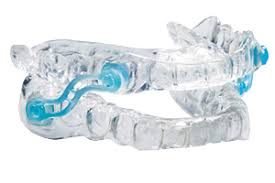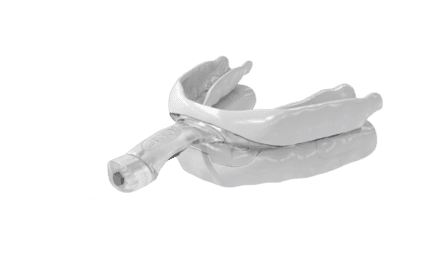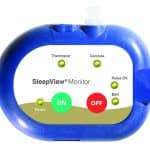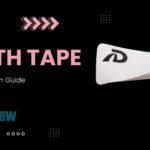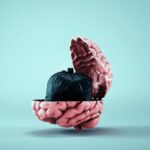A dental sleep medicine practitioner’s case study shows how alternating therapies—in this case, from CPAP, to oral appliance therapy, back to CPAP, to clear aligners with myofunctional therapy—facilitates sustained adherence.
By Maria Sokolina, DDS
Summary: A dentist advocates for a flexible model that tailors treatments to individual circumstances. The exploration of CPAP, oral appliance therapy, and myofunctional therapy underscores their combined potential to enhance treatment outcomes. The paradigm encourages healthcare providers to view sleep apnea treatment as a dynamic journey, fostering patient empowerment and improved long-term outcomes.
Key Facts:
- Explore a comprehensive approach that transcends specific treatment modalities to address the dynamic nature of a patient’s journey through sleep apnea.
- A case report investigates the use of CPAP, oral appliance therapy, and myofunctional therapy at different times, alternating therapies to enhance treatment outcomes and potentially eliminate apnea-hypopnea episodes.
- Advocate for a shift toward patient-centered medicine in sleep apnea care, and tailor treatment options to accommodate phases of a patient’s life.
A patient’s journey through the landscape of sleep apnea is dynamic, marked by changes in circumstances. Healthcare professionals should consider a holistic sleep apnea therapy approach that acknowledges the fluidity of a patient’s life and tailors treatment options to suit life phases.1
Recognizing the potential need for transitions between modalities underscores the importance of offering patients a range of options that align with the circumstances of their journey. For example, M.M. Hamoda and colleagues demonstrated that alternating the use of CPAP and oral appliance therapy leads to sustained adherence and efficacy compared to either therapy alone.2
Myofunctional therapy, a complementary approach that holds the promise of enhancing the effectiveness of CPAP and oral appliance therapy (and, in some instances, eliminating apnea-hypopnea episodes), can also be integrated into a treatment paradigm.3 It can address underlying issues of oropharyngeal muscle function and tongue posture.
Case Report of Alternating Sleep Apnea Therapies
Patient:
- male, 55 years old
- medical history: high blood pressure, loud snoring, morning headaches, excessive daytime sleepiness
- Diagnosis (via pulmonologist): obstructive sleep apnea
Initial Treatment
- Prescribed CPAP. Adherent to CPAP.
Add-On Therapy
- The patient faced challenges when traveling with the CPAP.
- Referred to our office for oral appliance therapy.
- Prescribed Dorsal from Dynaflex for travel.
Therapy Switch to Oral Appliance Therapy
- The patient found the oral appliance more comfortable and exclusively used it.
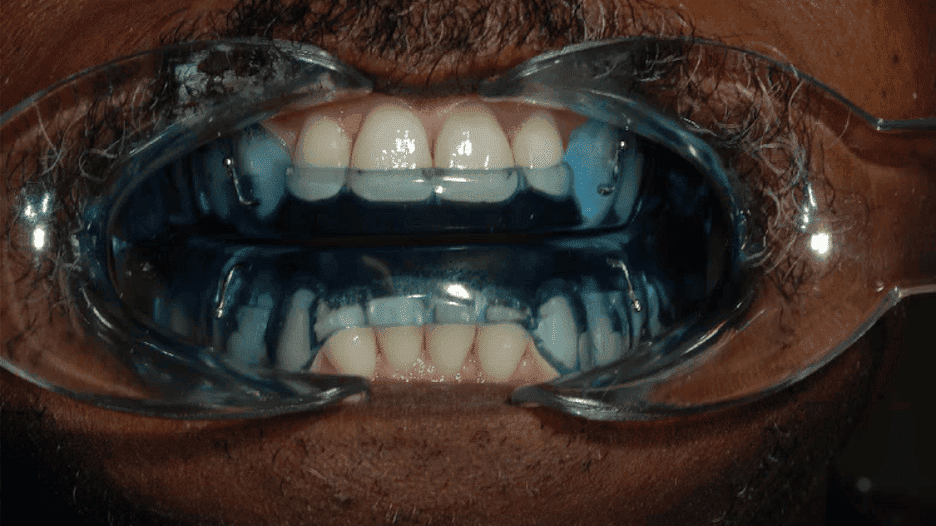

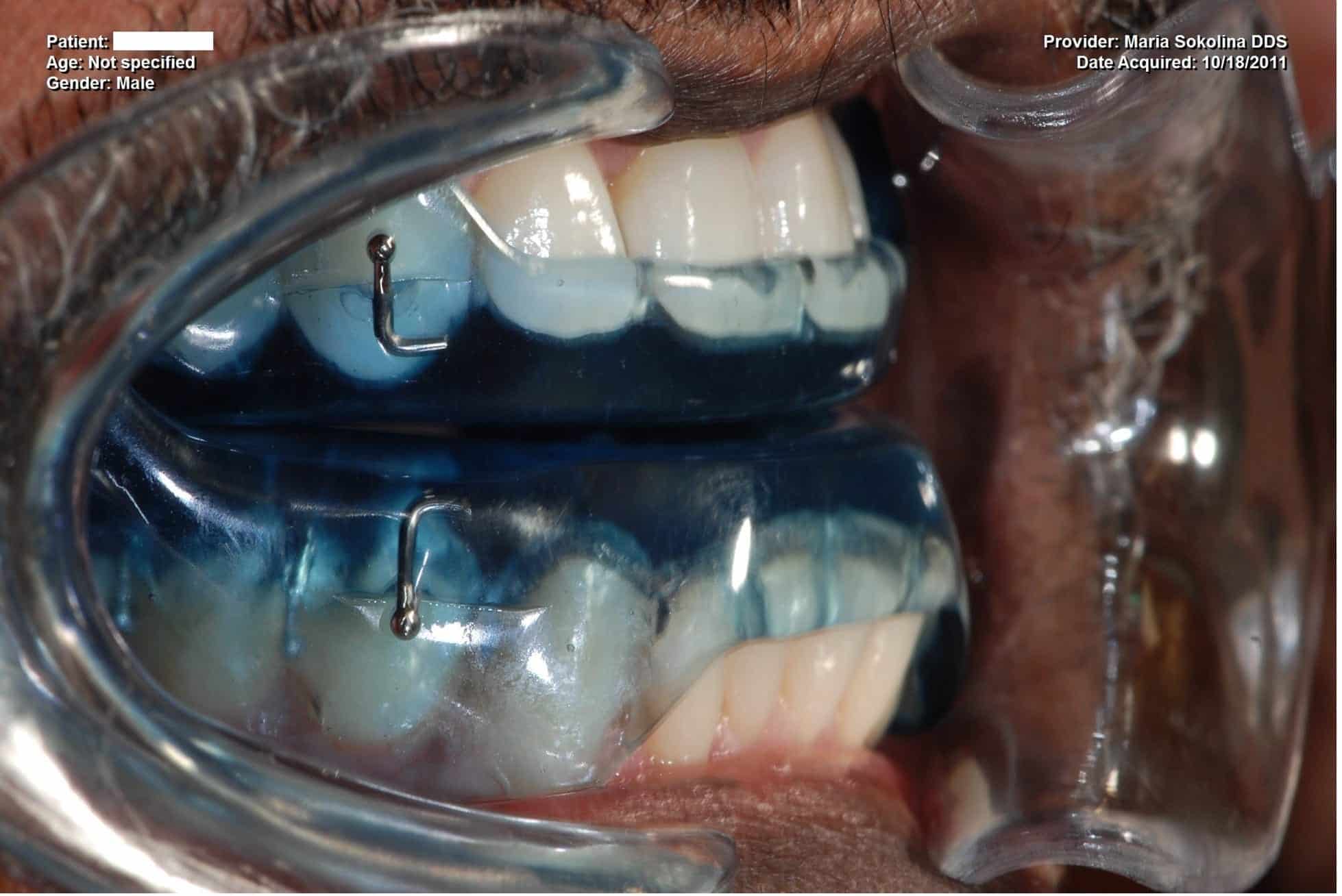
- Satisfied with the efficacy, long-term recall appointments were scheduled.
| SLEEP STUDIES | AHI TOTAL | AHI REM | AHI SUPINE | O2 NADIR |
| BEFORE OAT | 20.2 | 21.6 | 22.5 | 86 |
| WITH OAT | 1.4 | 1.8 | 2.8 | 86 |
Transition Back to CPAP
- After two years, unexpectedly, the patient ceased attending long-term evaluations for the oral appliance.
- He mentioned during a dental hygiene appointment that he’d opted to switch back to CPAP use.
Request for Teeth Correction
- Several years later, the patient expressed interest in correcting his teeth with clear aligners.
- Upon evaluation, the patient exhibited class I occlusion, anterior crowding, and an anterior open bite.
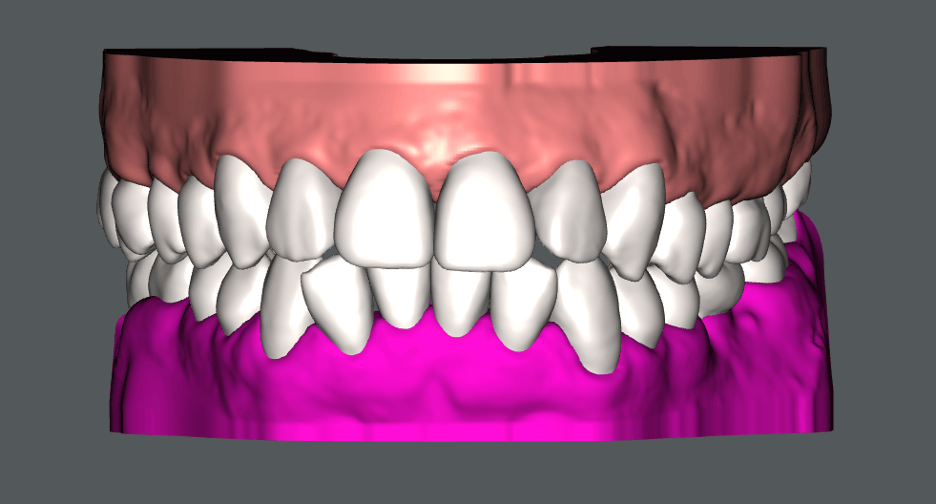

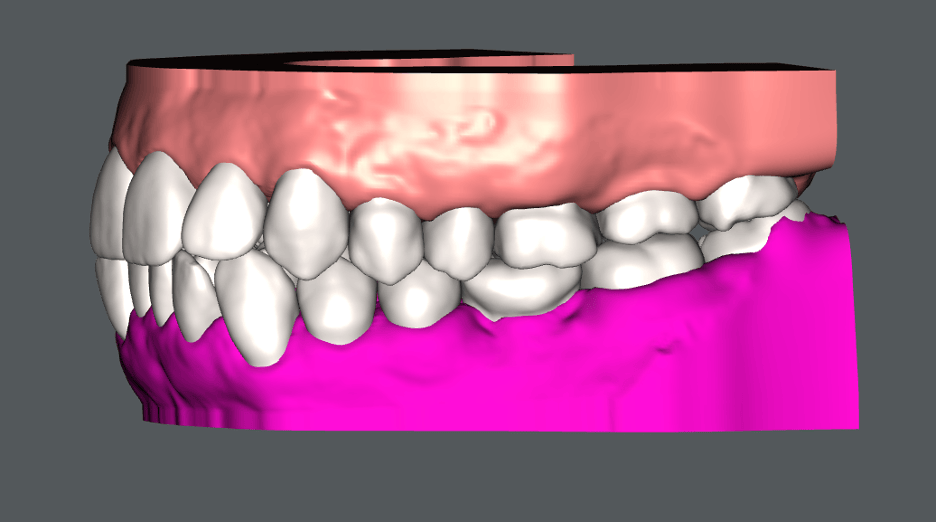
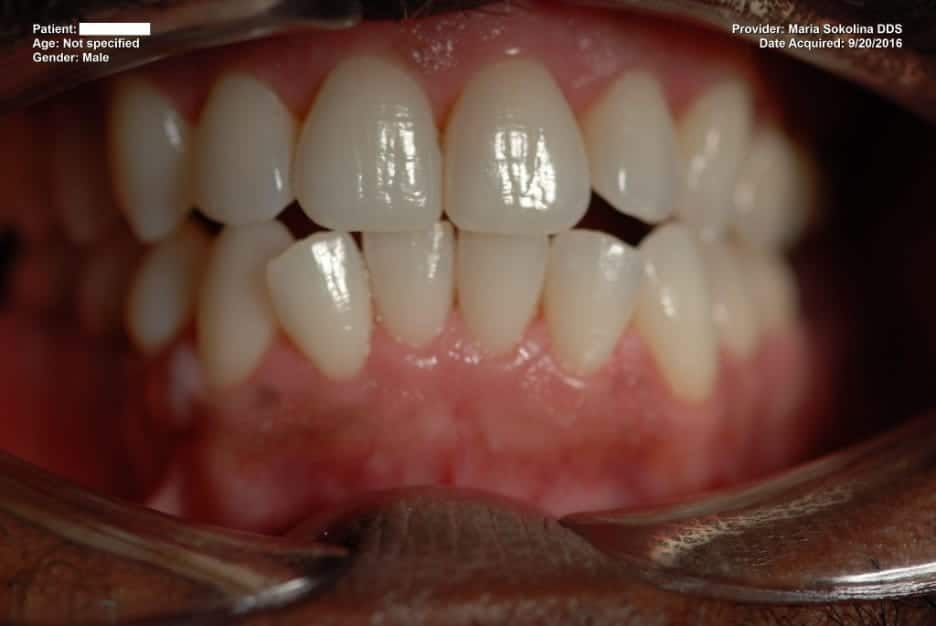

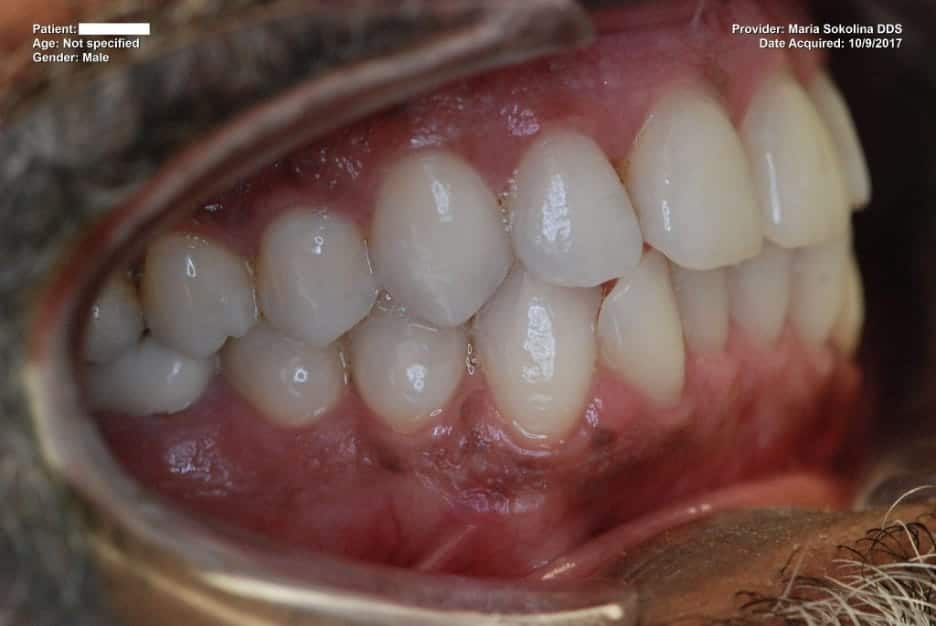
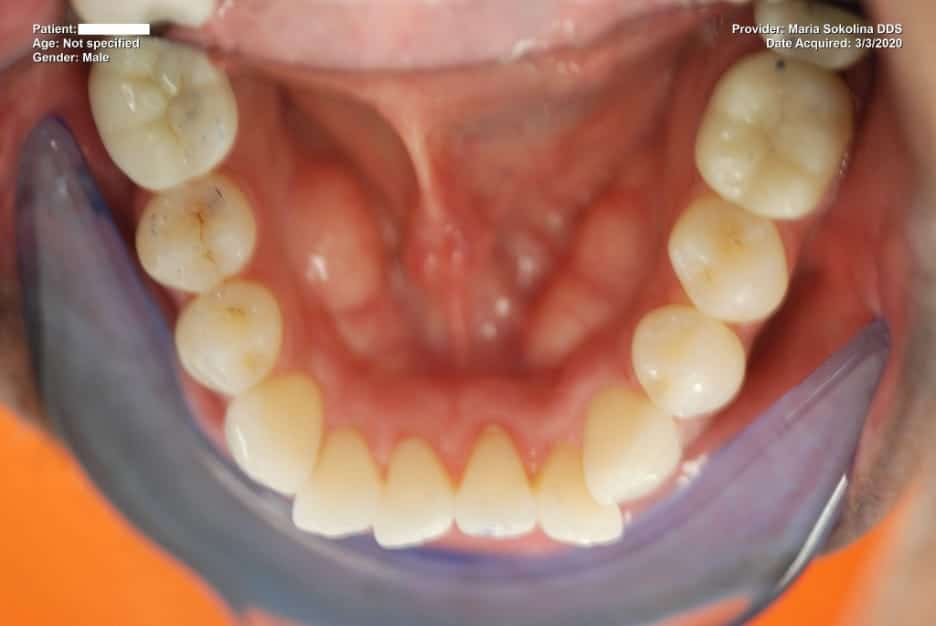
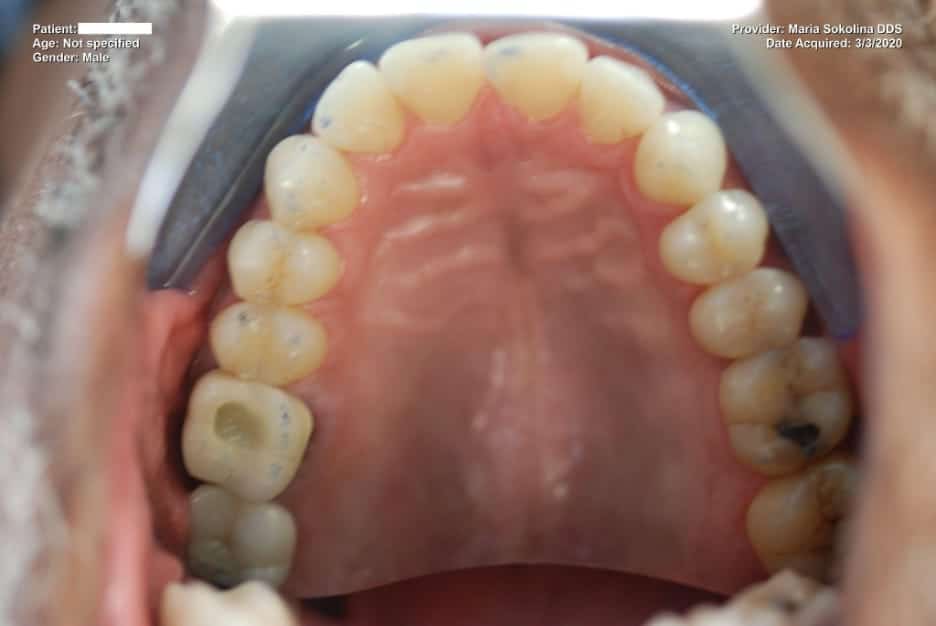
- Clear aligner delivered (Suresmile).
- Clear aligner treatment goals: aligning upper and lower anterior teeth and closing the open bite.
Integrating Myofunctional Therapy
- Further examination revealed a tongue thrust habit, contributing to the open bite, with tongue protrusion during swallowing.4 Allergies, stuffy nose, and low tongue posture exacerbating.
- Myofunctional therapy is proposed to address the underlying myofunctional issues.5
- Myofunctional therapy objectives: establish proper tongue posture throughout the day, eliminate lip and cheek involvement during swallowing, achieve 100% nasal breathing, and maintain lips together 100%.6
- Patient continued CPAP use during clear aligner treatment and myofunctional therapy.
Aligner-Myofunctional Therapy Treatment Timeline
- Clear aligner treatment spanned 10 months (20 aligners); patient changes aligners bi-weekly.
- Simultaneously, myofunctional therapy spanned eight months (bi-weekly meetings). The patient performed passive and active exercises, gradually increasing the duration. In the final months, the focus shifted to incorporating tongue-centric activities in daily functions, such as eating and drinking.
Outcome
Establishing nasal breathing practices throughout the day became a cornerstone of the myofunctional therapy, reducing the reliance on forced air pressure. Strengthening lip muscles played a pivotal role in maintaining closed lips at night, complementing the effectiveness of both CPAP and oral appliance therapy. Emphasizing the positioning of the tongue on the roof of the mouth, coupled with slight suction, provided support to the lower jaw without the risk of retrusion. Targeted exercises improved soft palate tone, addressing another dimension of orofacial function.
Upon completing the combined treatment of myofunctional therapy with clear aligners, a sleep study revealed the absence of apnea-hypopnea episodes.
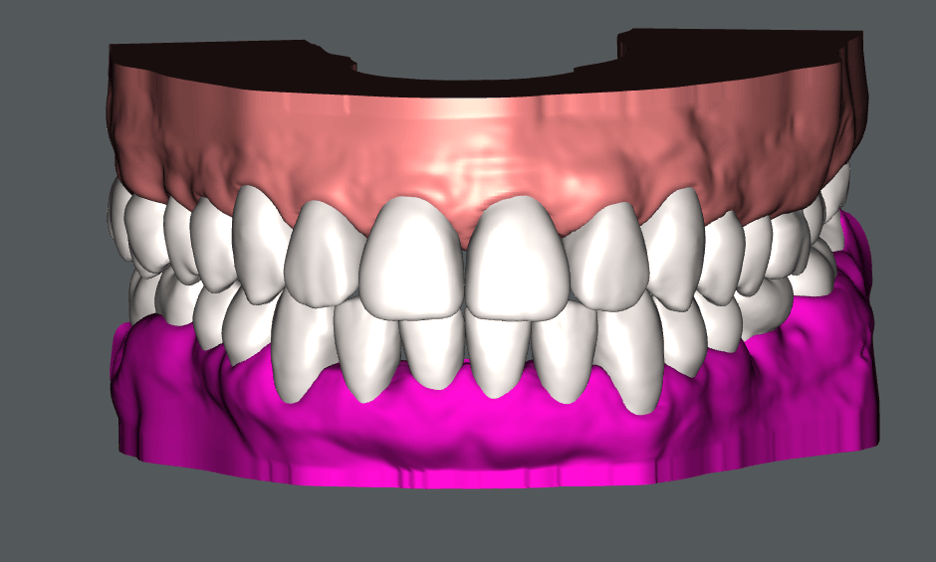
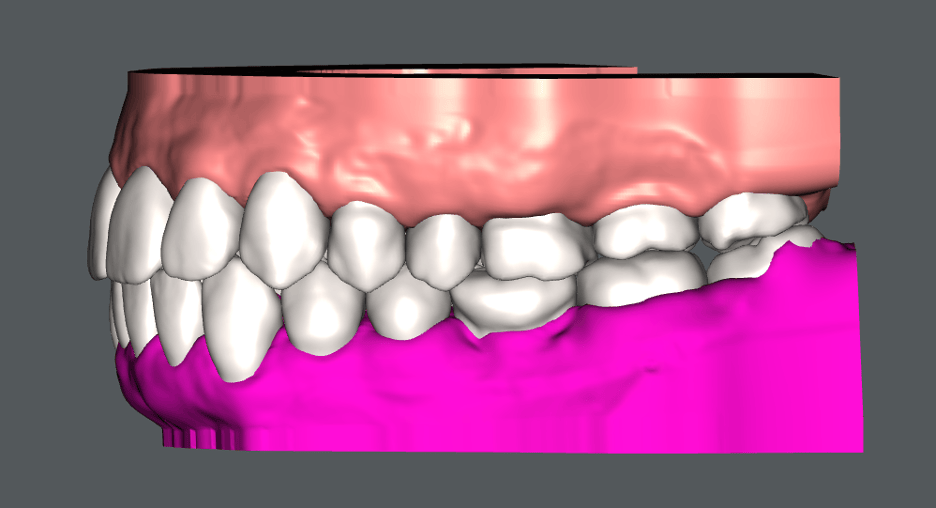

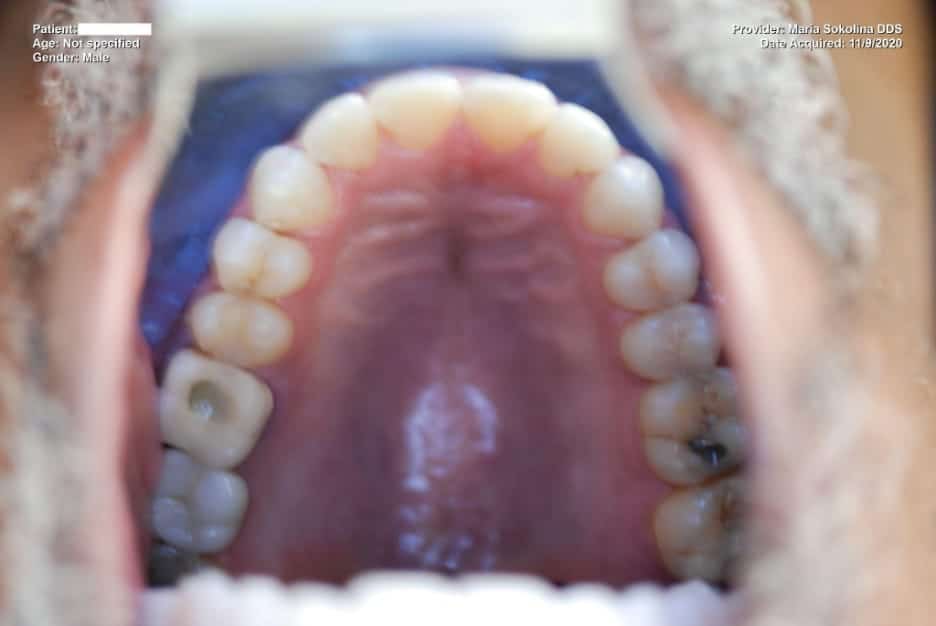
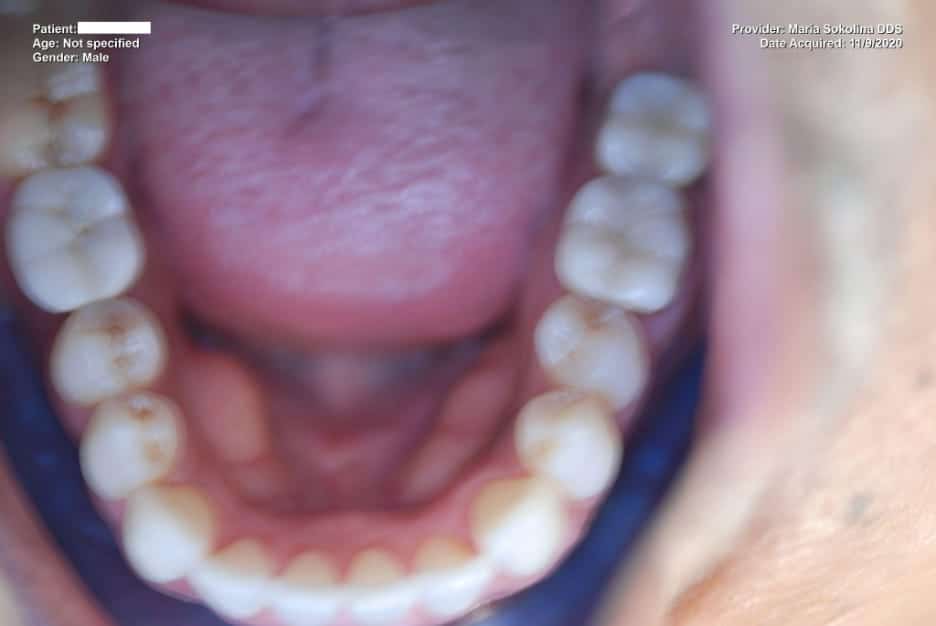
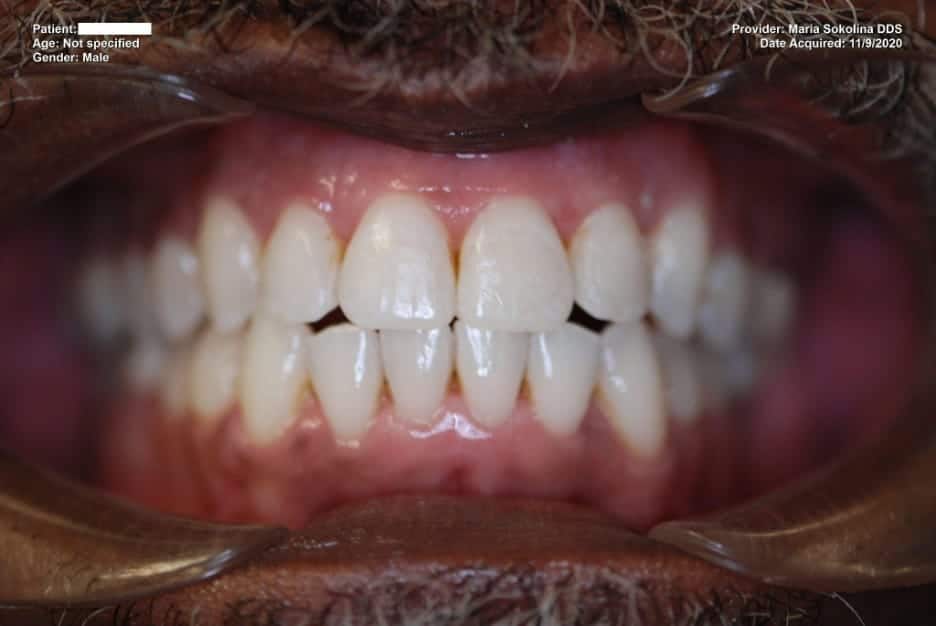

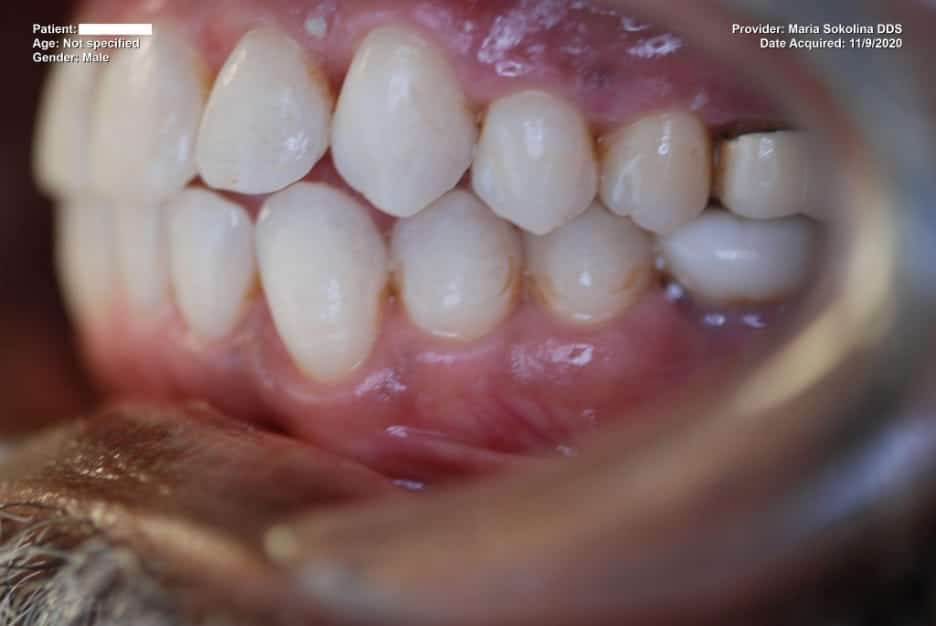
| SLEEP STUDIES | AHI TOTAL | AHI REM | AHI SUPINE | O2 NADIR |
| BEFORE OAT | 20.2 | 21.6 | 22.5 | 86 |
| WITH OAT | 1.4 | 1.8 | 2.8 | 86 |
| AFTER MYOFUNCTIONAL THERAPY | 0 | 0 | 0 | 84 |
So, integrating myofunctional therapy and clear aligners addressed the dental concerns7,8,9 and contributed to improved orofacial function, improving the sleep apnea.
| TONGUE ON A SPOT | BREATHING THROUGH THE NOSE | LIPS TOGETHER | |
| BEFORE MYOFUNCTIONAL THERAPY (based on exam and patient interview) | 0% | 50% | 50% |
| MID-TERM EXAM (SESSION 6) | 75% | 100% | 100% |
| FINAL EXAM | 100% | 100% | 100% |
Takeaways of Alternating Therapies
This case underscores the importance of a multidisciplinary approach, showcasing how myofunctional therapy,10 in conjunction with orthodontic treatment, can yield comprehensive benefits in managing sleep apnea and associated orofacial issues.
The flexibility to transition between CPAP and oral appliance therapy based on life circumstances provided the patient with versatility, promoting sustained disease management.
Myofunctional therapy emerged as a valuable adjunct, showcasing its potential to enhance treatment outcomes. It contributed to a reduction in the required air pressure for CPAP and minimized the protrusion associated with the oral appliance.
This comprehensive approach holds promise in reducing treatment intensity, enhancing patient comfort, and achieving sustained improvements in sleep. As we navigate the evolving landscape of sleep apnea management, the synergy of modalities opens new avenues for personalized, effective care.
References
1. Almeida F. The view of a dental sleep medicine clinician and researcher of the future of the field. J Dent Sleep Med. 2022;9(4).
2. Hamoda MM, Huynh N, Rompre P, et al. Continuous positive airway pressure, mandibular advancement splints and alternating therapy: a randomized controlled trial. Symposium presented at the Annual Meeting of the American Thoracic Society; 2022 May 13-18.
3. Camacho M, Certal V, Abdullatif J, et al. Myofunctional therapy to treat obstructive sleep apnea: a systematic review and meta-analysis. Sleep. 2015 May 1;38(5):669-75.
4. Ohono T, Yogosawa F, Nakamura K. An approach to open bite cases with tongue thrusting habits with reference to habit appliances and myofunctional therapy as viewed from an orthodontic standpoint. Int J Orofacial Myology. 1982;7:3-10.
5. Carrasco-Llatas M, O’Connor-Reina C, Calvo-Henríquez C. The role of myofunctional therapy in treating sleep-disordered breathing: a state-of-the-art review. Int J Environ Res Public Health. 2021 Jul 8;18(14):7291.
6. Koka V, De Vito A, Roisman G, et al. Orofacial myofunctional therapy in obstructive sleep apnea syndrome: a pathophysiological perspective. Medicina. 2021 Apr 1;57(4):323.
7. Takahashi, O, Iwasawa T, Takahashi M. Integrating orthodontics and oral myofunctional therapy for patients with oral myofunctional disorders. Int J Orofacial Myology. 1995;21: 66-72.
8. Smithpeter J, Covell D Jr. Relapse of anterior open bites treated with orthodontic appliances with and without orofacial myofunctional therapy. Am J Orthod Dentofacial Orthop. 2010 May;137(5):605-14.
9. Benkert KK. The effectiveness of orofacial myofunctional therapy in improving dental occlusion. Int J Orofacial Myology. 1997;23:35-46.
10. Saba ES, Kim H, Huynh P, et al. Orofacial myofunctional therapy for obstructive sleep apnea: a systematic review and meta-analysis. Laryngoscope. 2023 Aug 22.



